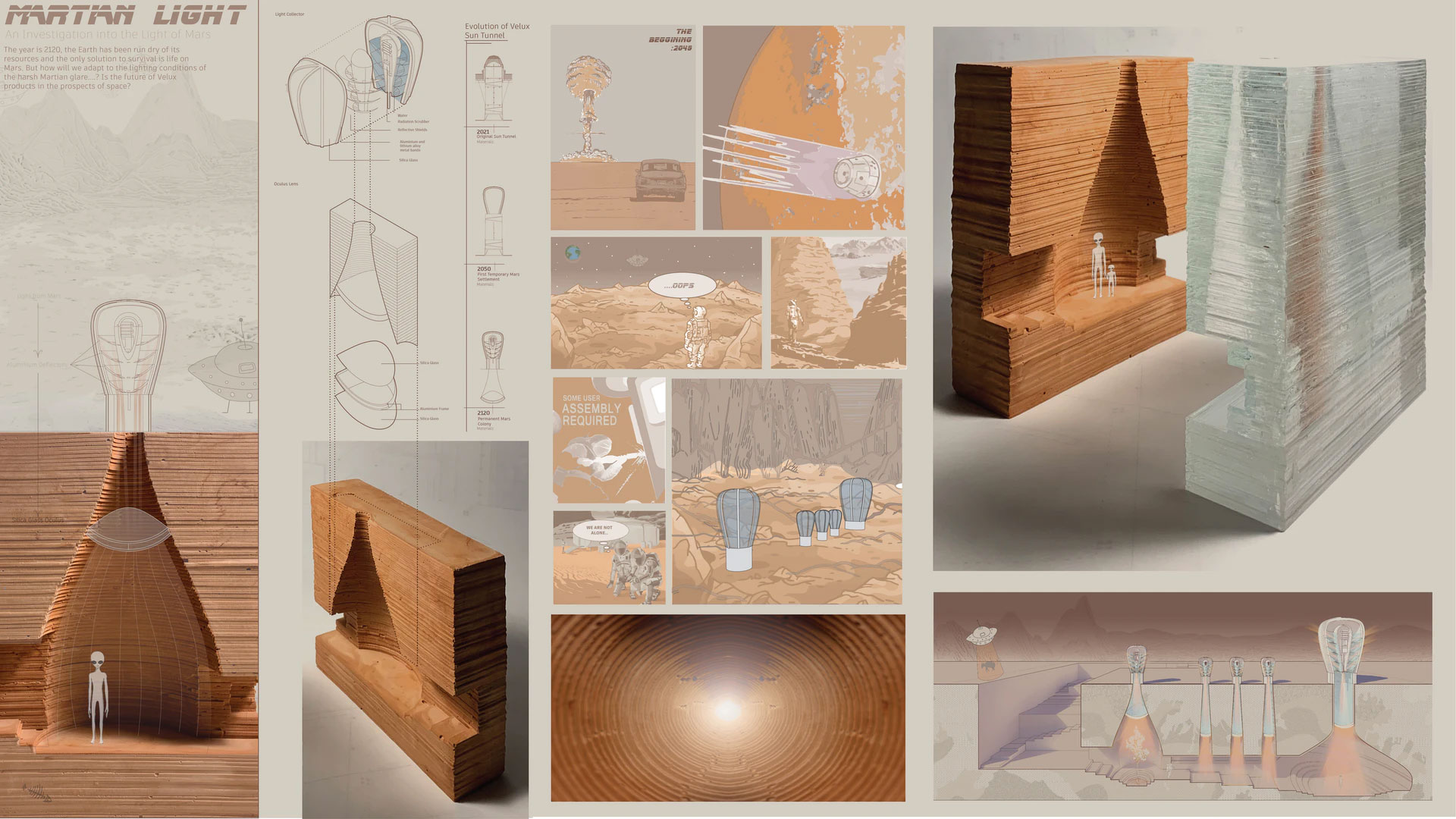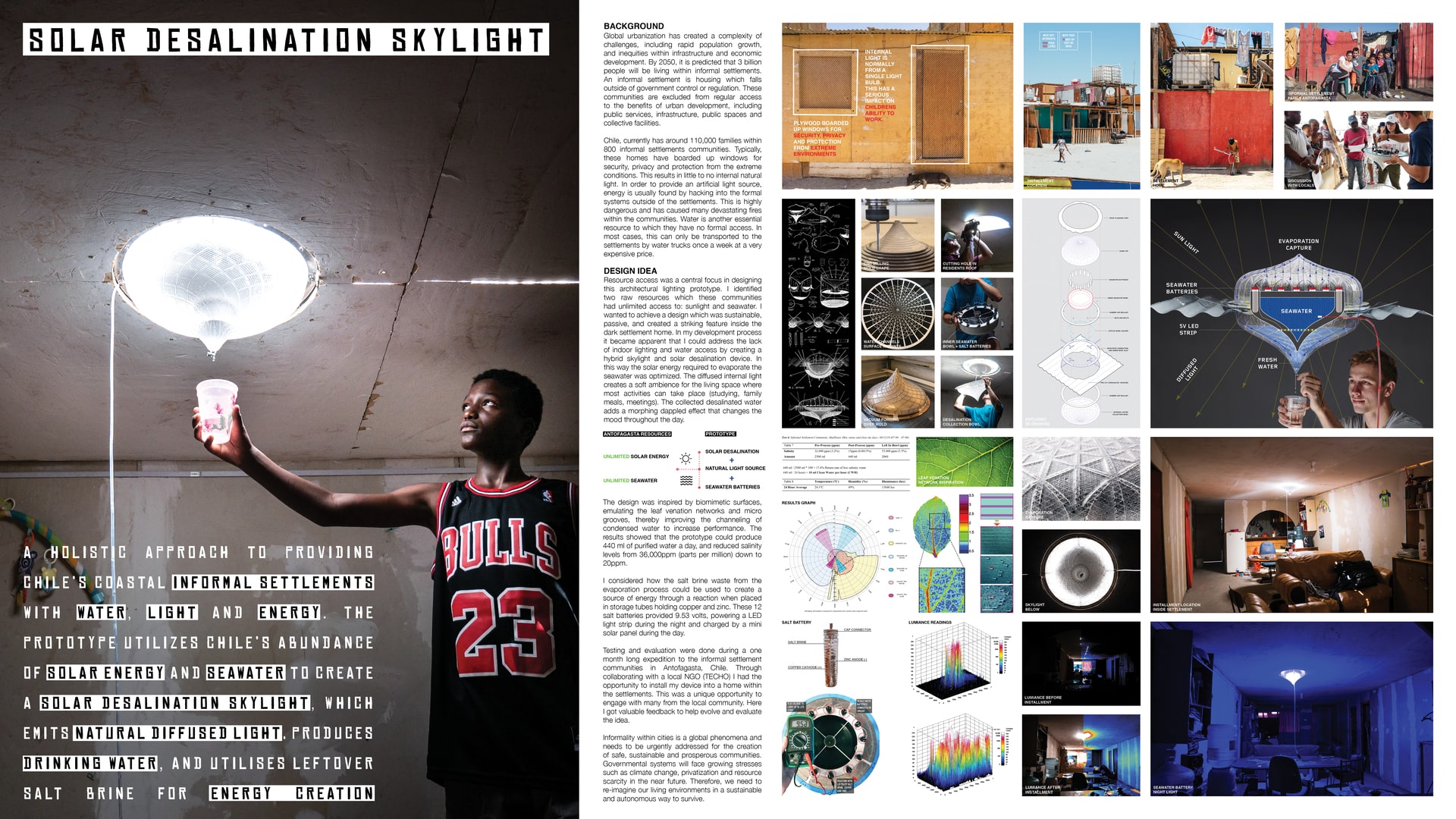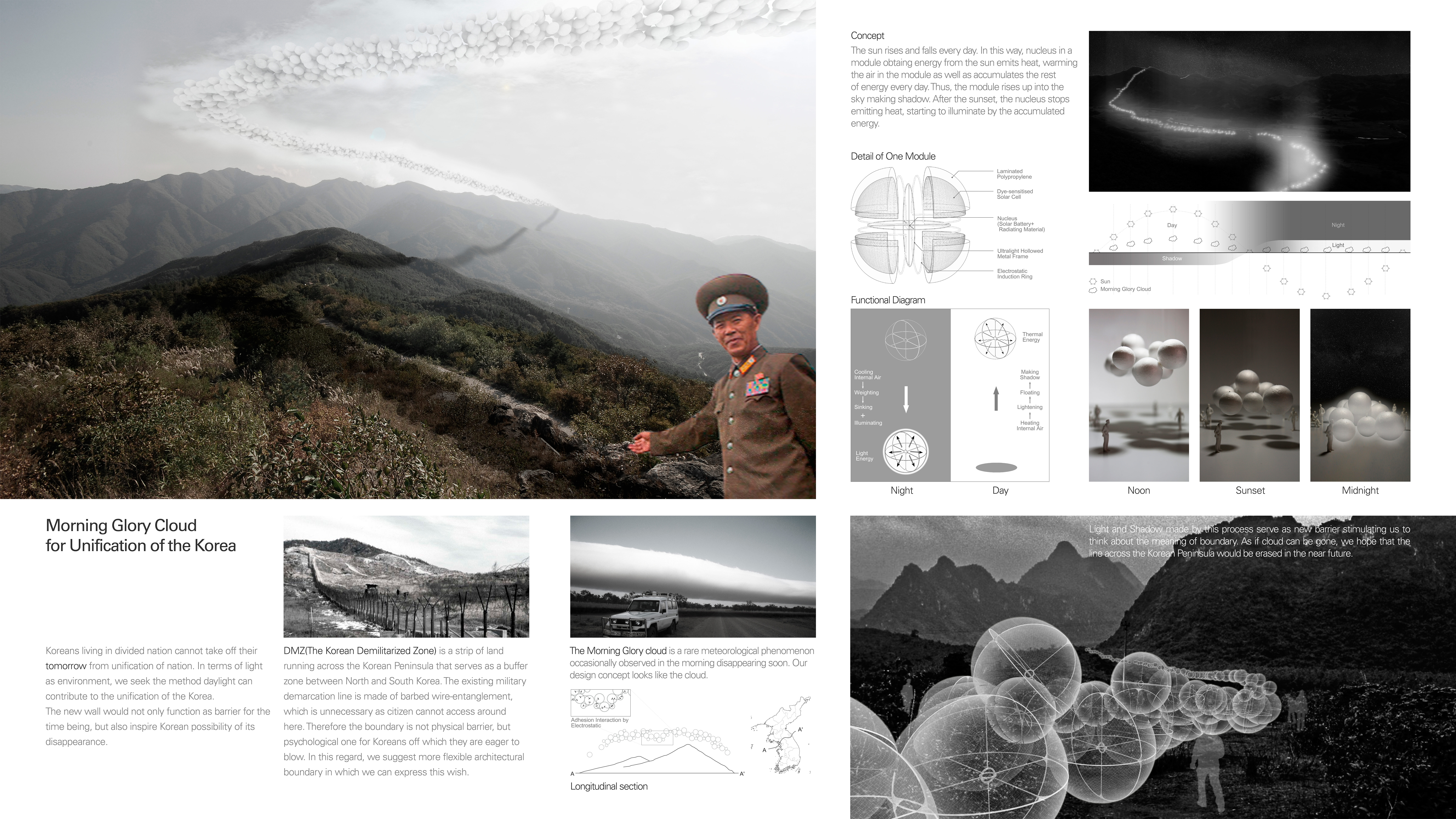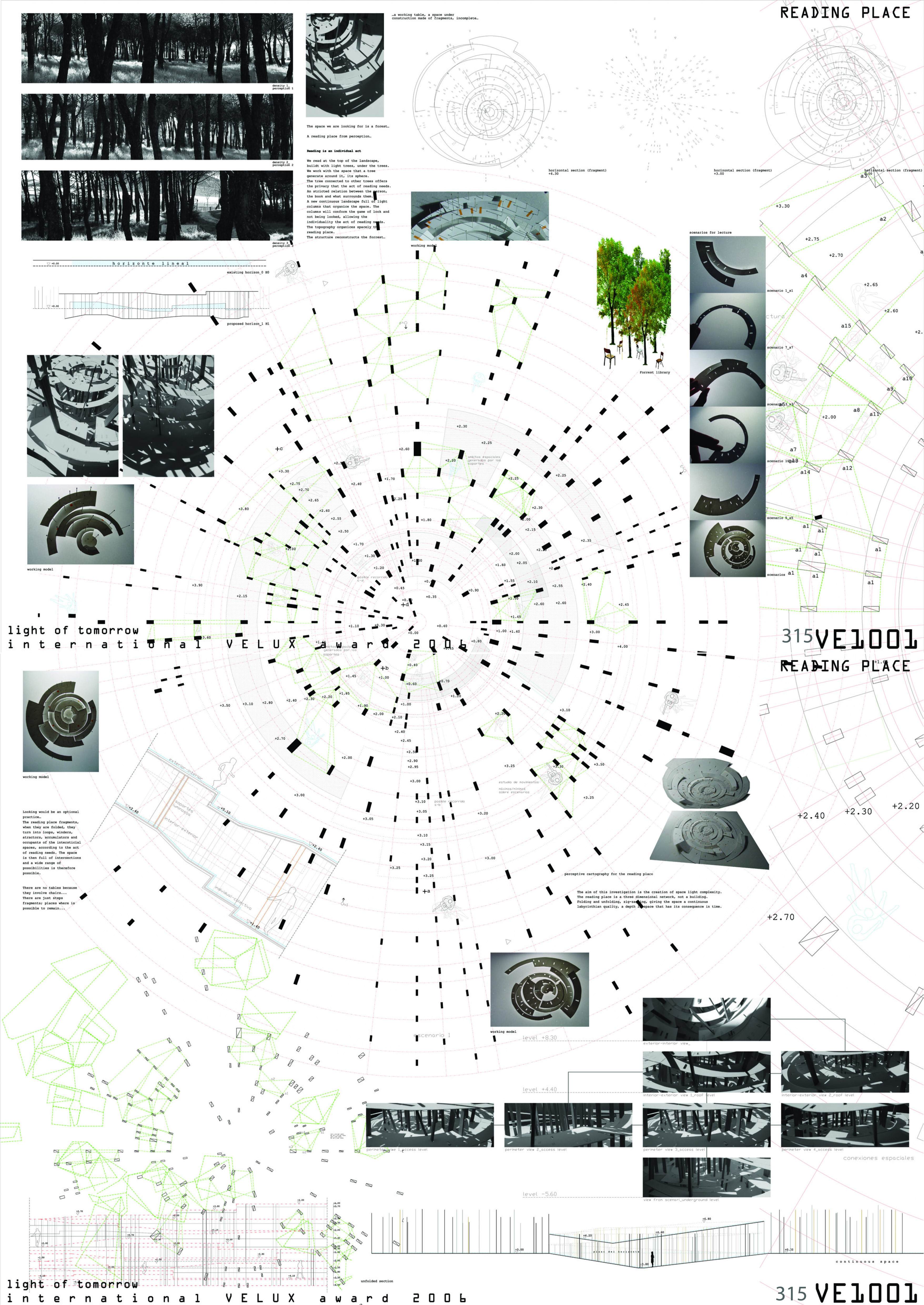Leading the light

Category
Daylight in buildings - Region 3: The Americas
Students
Xin Chen
School
Lehigh University
Country
United States
Download
Download ↓
Kindness is the only non-delusional response to the human condition. Alzheimer’s disease is one of the biggest causes of death for seniors worldwide. In 2016, my grandmother began to get lost frequently. Once, I viewed all CCTV to find out where she went, and finally, I found her just near a trash bin collecting wasted bottles. Even walking around in our district, she could forget which house we lived in. It was not until my mother told me about Alzheimer’s that I understood what my grandmother had gone through. I started a project named anti-Alzheimer’s disease in high school with a few of my friends. We were trying to help local seniors with Alzheimer’s disease. We did interdisciplinary research and got too many nursing homes and communities to spread our idea and teach older adults how to prevent Alzheimer’s disease. Later, I believe it is time to do more with my professional knowledge for these seniors in college. I want to make everyone can live in peace without Alzheimer’s disease and enjoy their lives. I cannot help people to avoid death, but what I can do is give them a warm farewell.
This project aims to help the elderly achieve social and natural interaction subconsciously by illustrating the direction and shadow effect through daylight, which leads the elderly to healthier lives. The site was chosen in Indonesia, a developing country in Southeast Asia. The climate there is wet and hot, which includes relatively high precipitation. For this consideration, the architecture was covered by a curvy sloped roof with different degrees and lengths, creating various spaces between each curve piece. The curves form up the roof, and these spaces allow daylights to irradiate through them. These optical lines create a feeling of movement and direction inside the space. Physical and mental activities are crucial for seniors preventing Alzheimer’s disease. These optical lines with the feeling of movement help the elderly to move along the space between each wall. This concept makes them move subconsciously, and they can talk with each other while they are moving. Also, the curved walls express a strong feeling of direction, which cooperates with the optical lines. Not only the moving area but there is also a lounge area underneath this structure. The lounge area is designed for seniors to have a rest. The entire area is covered by special glass, which can fill the spectrum to make this area an anti-Alzheimer’s.
The project is located in the capital of Indonesia, Jakarta City. Indonesia has a very high density of Alzheimer’s Disease patients, most of whom live in Jakarta. According to the research, Alzheimer’s people are sensitive to daylight, which actively impacts their spiritual emotions. Thus, this project aims to create a natural lighting space for them. The site is adjacent to the RSCM, one of the biggest state-owned hospitals populated mainly by the Alzheimer’s group. Near the hospital, there is a big community with a high-density residential area for seniors. Finally, it is also close to the railway station of Jakarta, allowing people to come from outside the city.
The population of Indonesia is shifting its structure, toward a higher percentage of elderly groups, from 2010 to 2050, according to the simulation. With the emerging aging issue, we have to face the fact that an increasing number of aging people will get this disease, and 1.6% of death is caused by Alzheimer’s disease. Through spatial making and daylighting introduction, this project seeks a method to mitigate the above issue.
Last but not the least, I introduced a technology that creates a special glass that can prevent the elderly from getting Alzheimer’s. The sunlight test provides essential evidence and statistics for the Daylight Interventions and Alzheimer’s Behaviors experimented by Melinda La Grace in 2004. The distinctive glass can slightly change the spectral distribution of the sunlight, which is beneficial for seniors’ mental perception. From the experiment and the diagram on the left, the innovative experimental environment nearly helps decrease 50% of the average number of disruptive behaviors per day. Referring to this technology, I created two lounges for the elderly to interact with others. Furthermore, sunlight is a critical element in their lives, and people can have a better mood and more energy from the sunlight, which are very important for resisting this disease.Farewell is fleeting, even unexpected. But sometimes, farewell is lengthy. May memory and love never fade.

































